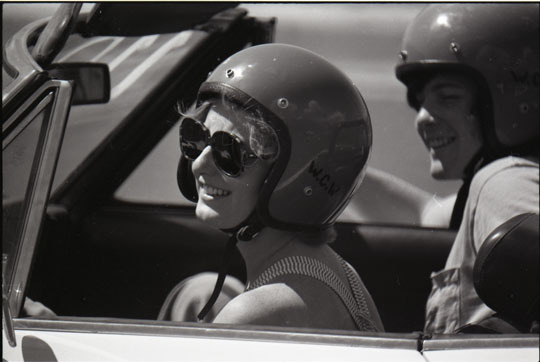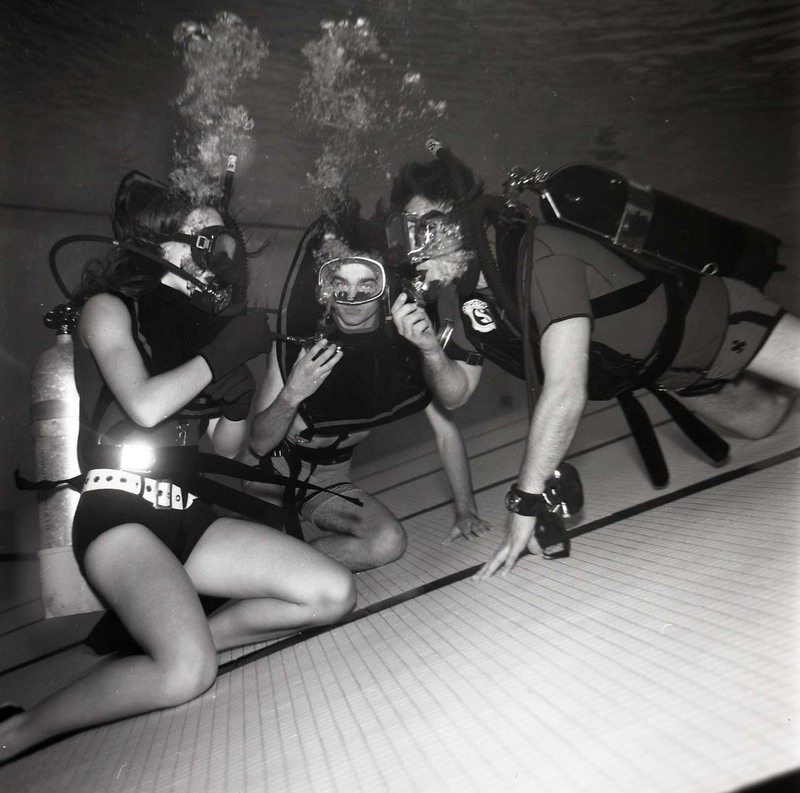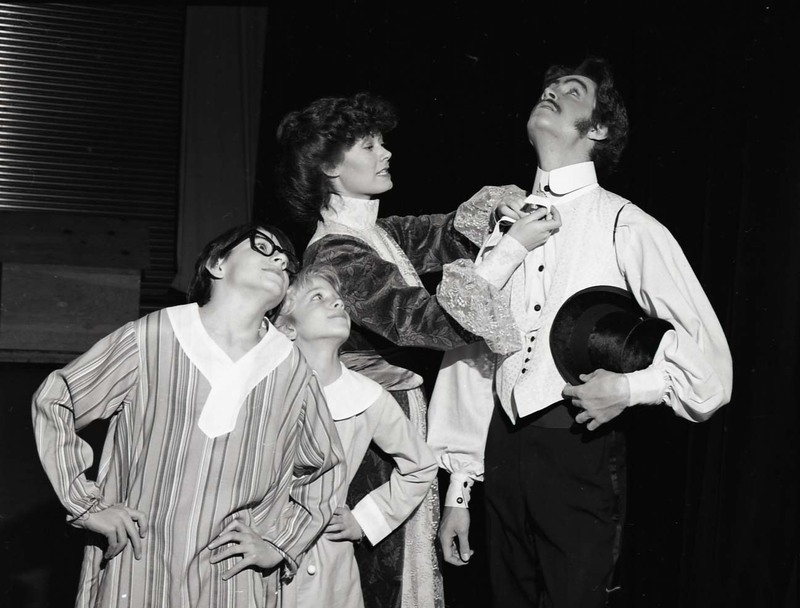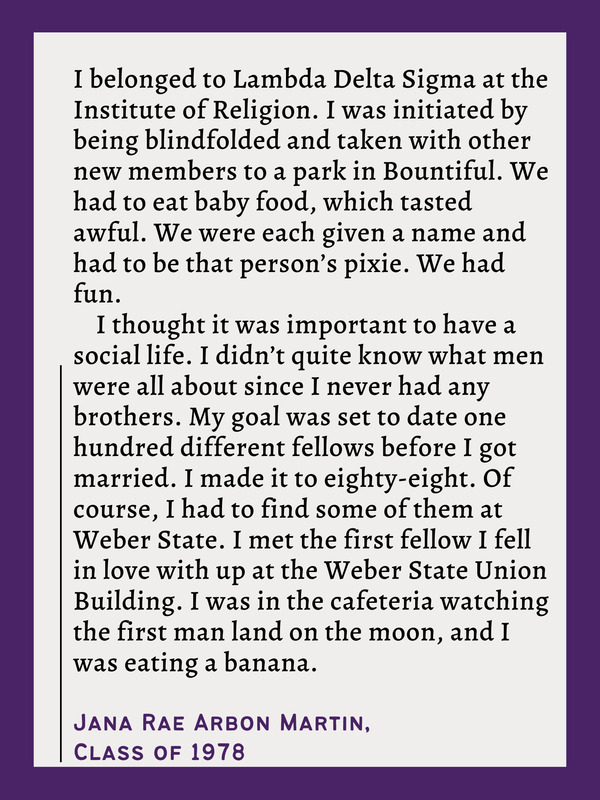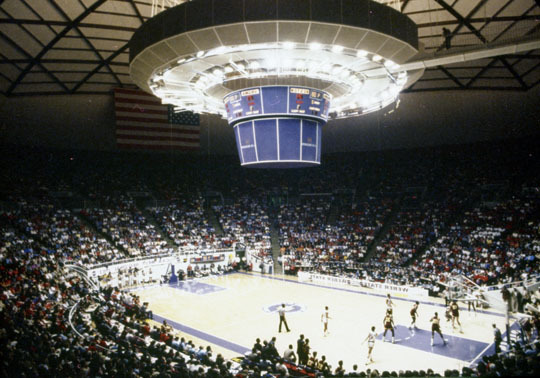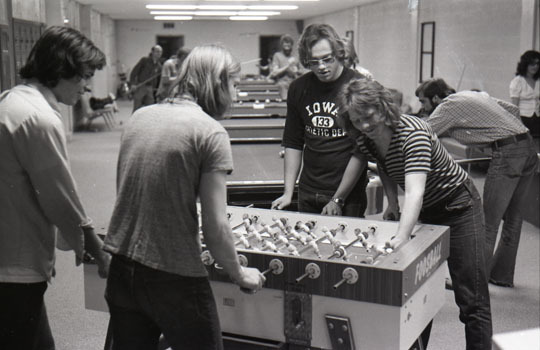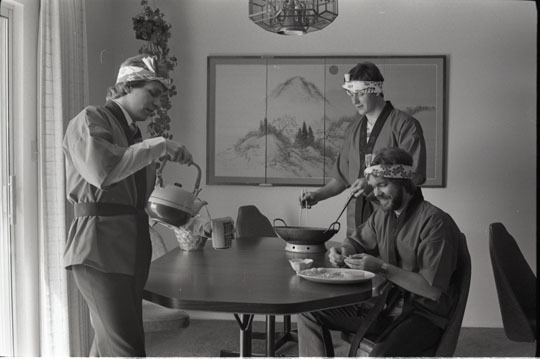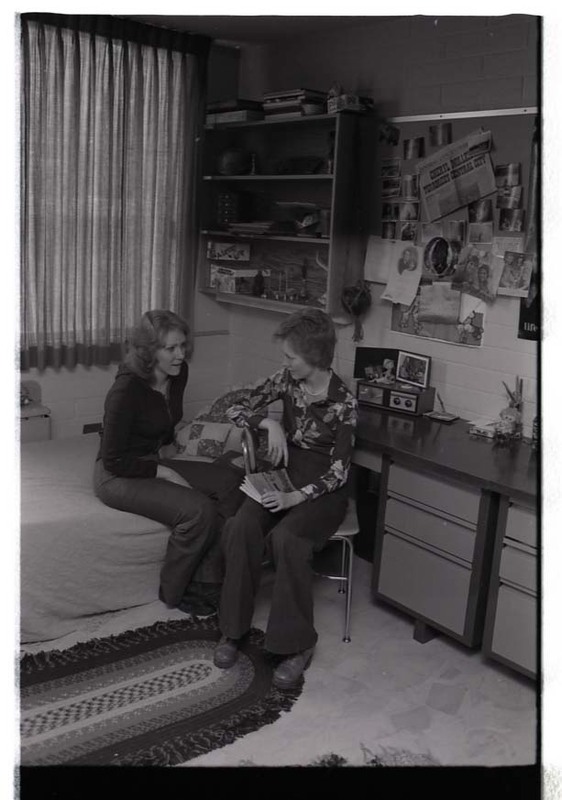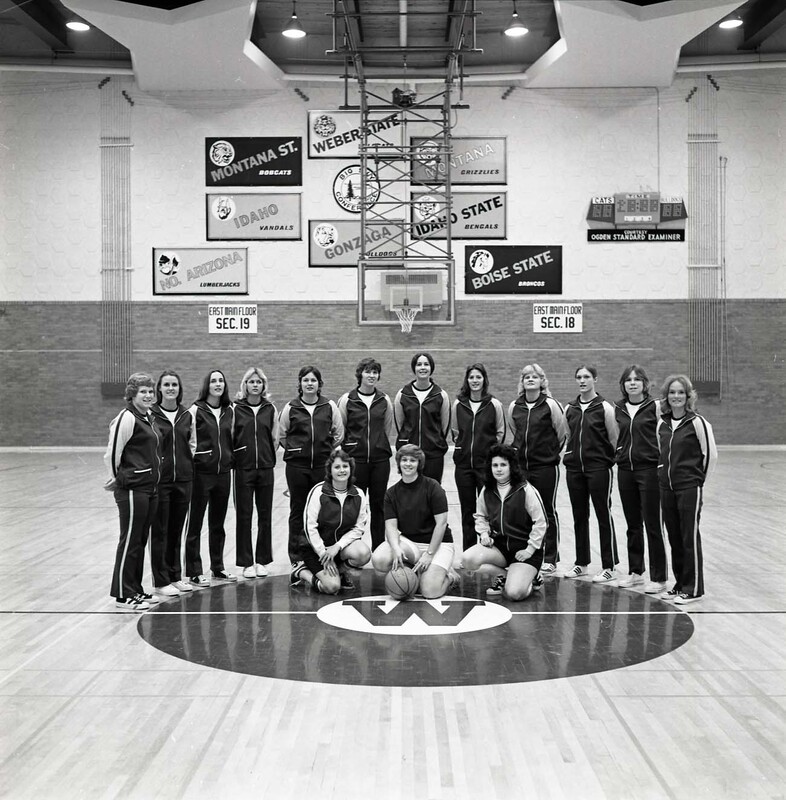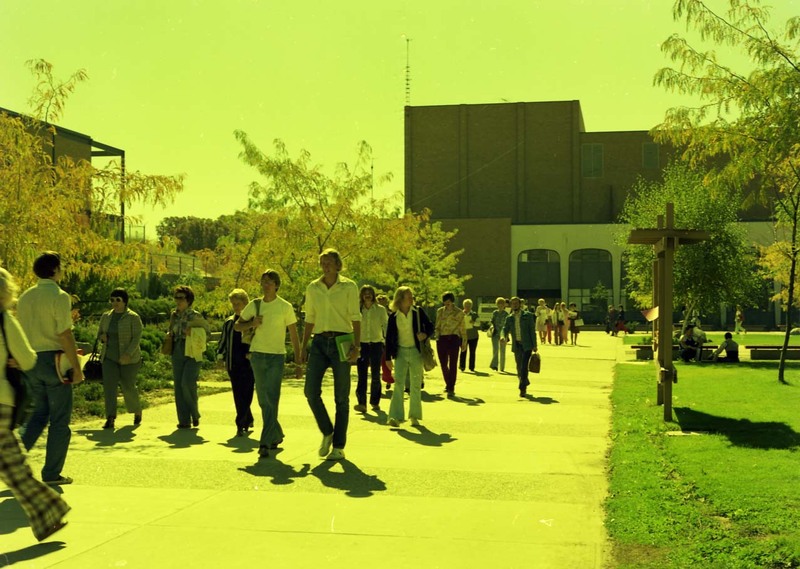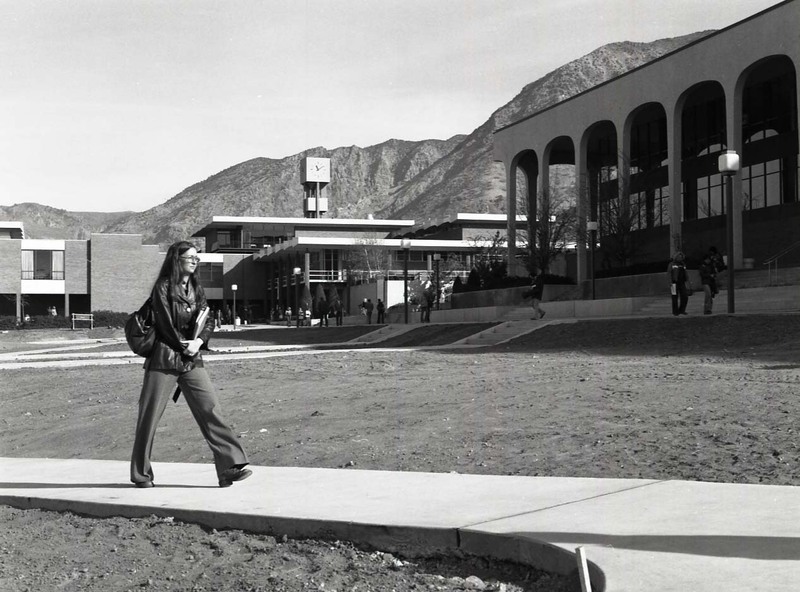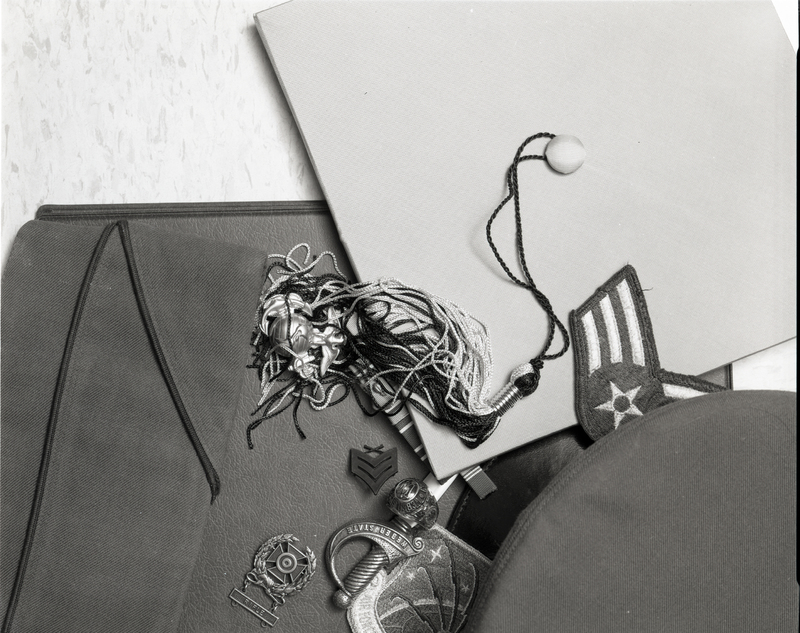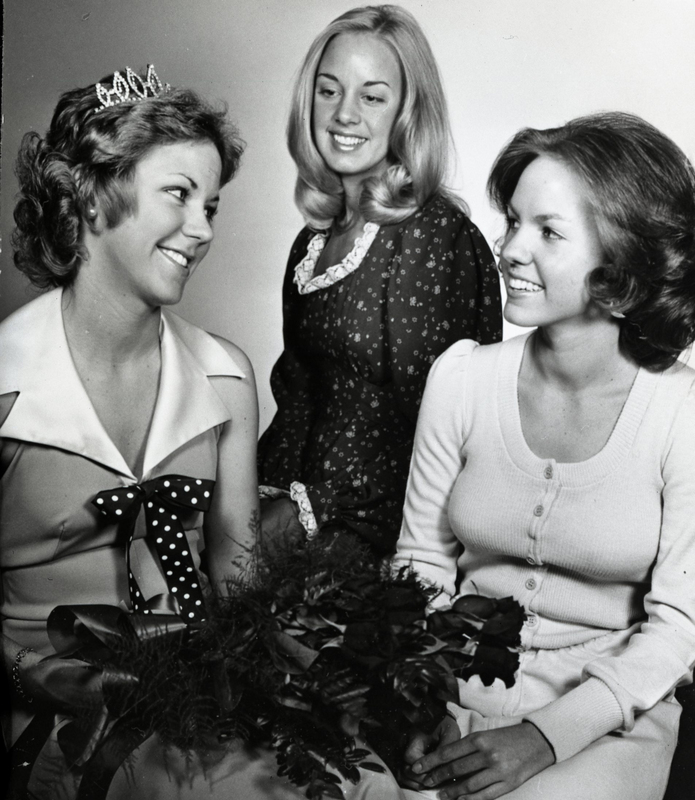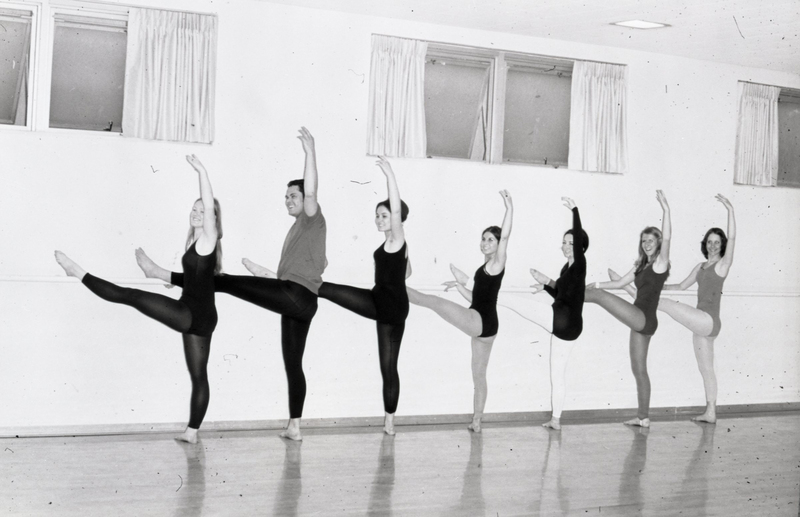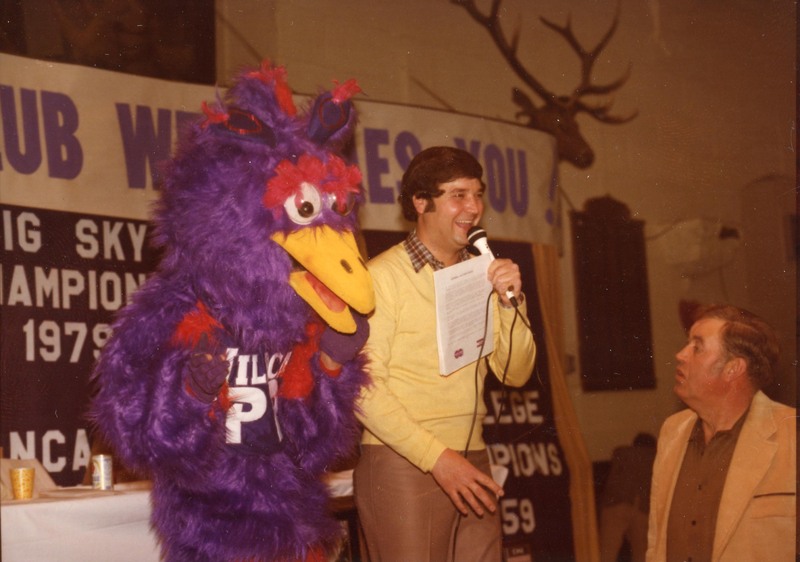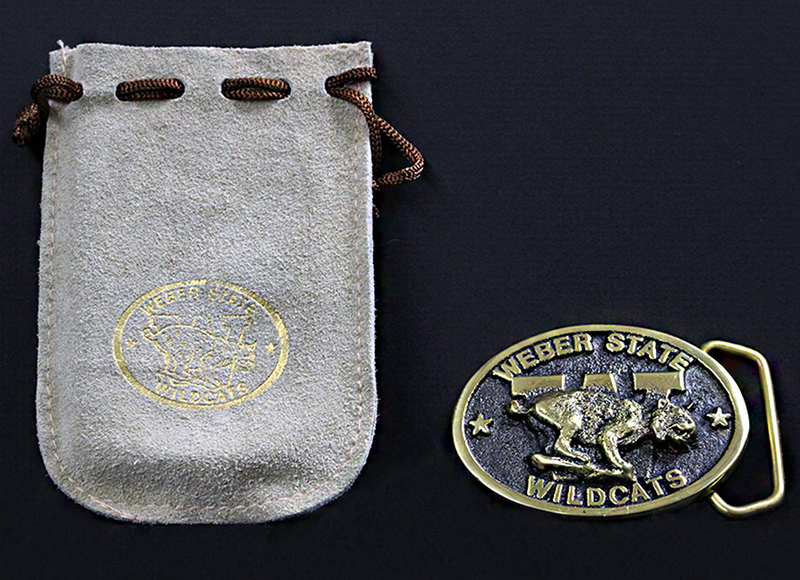1972-1981
In 1972, President Miller stepped down as president of the college, completing a term of 19 years. During his tenure, he saw many changes to campus including the move to the Harrison Campus and the change to four-year status. Both of these changes would play a major role in student life during the next ten years under the administrations of two college presidents.
Joseph Bishop was chosen as President Miller’s replacement in 1972. While president, he oversaw the realigning of the various schools on campus. This included eliminating the School of Arts, Letters, and Sciences and replacing them with the School of Social Sciences, School of Natural Sciences, and the School of Humanities. Along with these new schools, new departments were created that expanded course offerings for students. The most prominent change was with the nursing department. During this time, the nursing department was expanded throughout the state. Nursing programs were established at other colleges throughout the state as branches of the Weber State Nursing Program. This meant that college students anywhere in the state could earn a degree in nursing through Weber State’s highly rated program.
The physical size of campus also grew during this time. New buildings constructed included the Social Science building, Education building, Engineering Technology building, and the Dee Events Center, which would serve as home to the Men’s and Women’s basketball teams, as well as, host commencement ceremonies. The Louis F. Moench Mall, the Ada Lindquist Plaza and Fountain, and the duck pond also were built during the 1970s, creating iconic features on campus. Moench Mall replaced a road and parking lot that went down the center of campus.
Title 9 also brought changes to student life as more women’s sports teams were officially added to the athletic department. These teams included Softball (1972), Women’s Basketball (1974) returning to campus for the first time since 1904, Volleyball (1974), Tennis (1978), Cross Country (1978), Golf (1979), and Track & Field (1979). Gymnastics was also added in 1973, but only lasted until 1978. Two men’s sports teams were discontinued during the 1970s: Swimming (1973) and Skiing (1975).
Two of the most memorable events to happen include the replacement of Waldo the Wildcat with a new mascot and the election of the first female student body president. In 1979, Primo Peacock premiered as the new mascot for Weber State College at a Men’s Basketball game. The student body reacted poorly to the new mascot, and Waldo returned in 1980. In 1981, Lori Memmott was elected as the new student body president. Prior to her election, the highest office held by a woman in student government was Vice President. Her election brought about a new era for female students within student government.
During the 1979-1980 Iranian hostage crisis, members of the student body created care packages to sent out to the hostages and their families. At the same time, protests broke out over the presence of Iranian students on campus.
Other events that affected student life include the creation of a plus/minus grading system in 1980, the establishment of a joint Masters of Education program with Utah State University in 1977 (Weber’s first graduate level offering), and the start of Sunfest in 1979.
Significant events: Title 9 brings women’s sports teams back to campus (1972); Dee Events Center dedicated (1977); Primo Peacock becomes the new mascot (1979); Lori Memmott becomes the first female elected student body president (1981).
